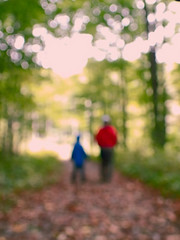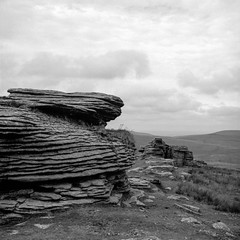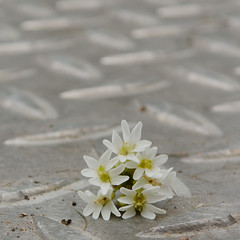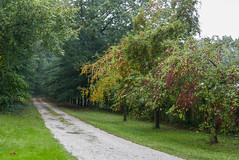Today’s walk
Mary Jane 2040
A billion years ago—that’s when the foundation was laid. A billion years, give or take an eon. Two tectonic plates pried themselves apart from each other, creating the Midcontinent Rift. The rift became a valley over time, and over the time the valley became a basin, and a hundred thousand years ago that basin filled up with ice—the Laurentide ice sheet. Ice up to two miles thick. When that ice melted some eighteen thousand years ago, and the glaciers drew away like a frozen tide, it left behind a group of freshwater lakes. Nearly ninety-five thousand square miles of lakes, a surface area slightly larger than that of the United Kingdom…including Northern Ireland. They’re called, appropriately, the Great Lakes.
A photograph can’t do them justice. There is no sound—no sound of wind or bird cry. There is no smell—no smell of wet sand or algae. There is no motion—no motion of wave or creature. A photograph cannot do justice to these lakes.
And yet, looking at this photo, we begin to get the merest hint of the immense gravitational well of patience that forms the foundation of the Great Lakes. It takes tens of thousands of years of wind and water erosion to turn rock to gravel, and thousands more to turn gravel to sand. All of human civilization passes as quickly as a flock of geese flying above the surface of the lake, and it’s to be hoped that our existence will leave no more lasting mark that the reflection of those geese.
Blog photograph copyrighted to the photographer and used with permission by utata.org. All photographs used on utata.org are stored on flickr.com and are obtained via the flickr API. Text is copyrighted to the author, greg fallis and is used with permission by utata.org. Please see Show and Share Your Work








